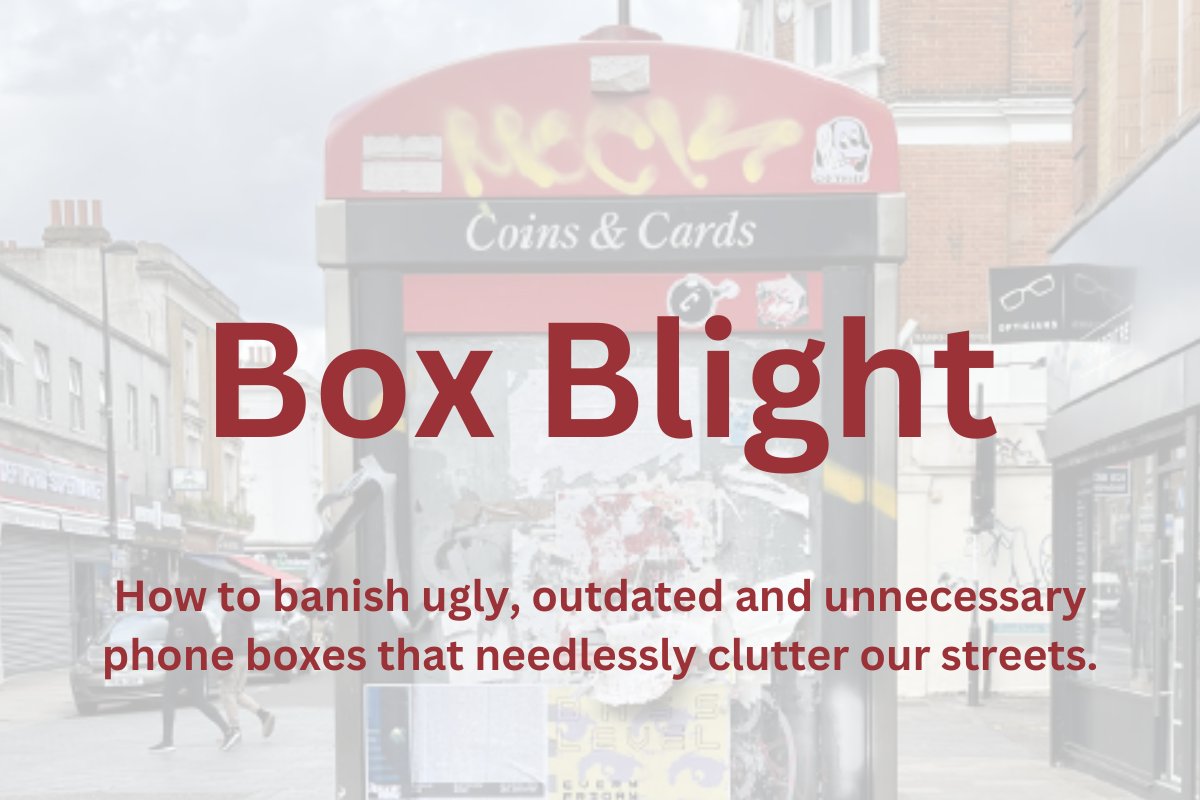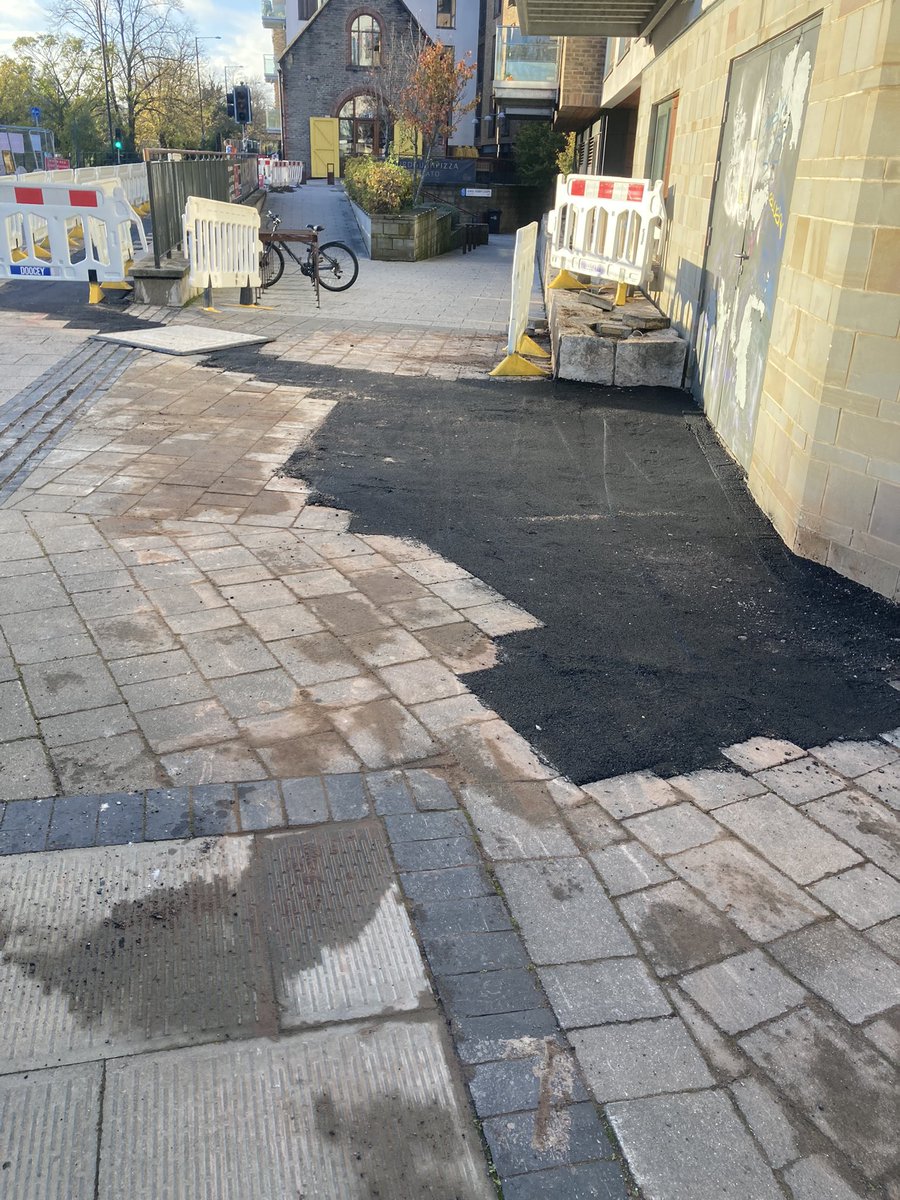At present most British people assume that new development will make old places worse? Only 2% trust developers. One aim for the newly proposed #CambrigeQuarter, alongside creating new homes and supporting UK productivity must be to change that for the next 100 years. But how? 

.. well @michaelgove invited us to "imagine a major new quarter for the city, built in a way that is in-keeping with the beauty of the historic centre" So we have... 

..."shaped by the principles of high-quality design, urban beauty & human-scale streetscapes – emulating the scale & quality of neighbourhoods such as Clifton in Bristol or Marylebone in London, & with a high % of affordable homes & other properties set aside for key workers &… https://t.co/Wl49FgtjwCtwitter.com/i/web/status/1…


.."connect that new quarter to the rest of the city with a sustainable transport network that sees current congestion becoming a thing of the past, drawing on Cambridge’s existing strengths in promoting cycling and walking – allowing for faster & easier travel in & around the… https://t.co/bqlFRZg4Nitwitter.com/i/web/status/1…


.."Then think about expanding existing commercial infrastructure so that the constraints that businesses currently face, including on lab capacity, are removed – supporting more jobs and more growth..." 

"...Next: turn your mind’s eye to how the environment might look in which those living and working in Cambridge will spend their evenings and weekends – adding to Parker’s Piece, Jesus Green and the Botanic Garden a substantial new green space that rivals not just the Royal Parks… https://t.co/etdoC09ePttwitter.com/i/web/status/1…


"...Finally, we can envisage new centres for culture – perhaps a natural history museum, or a genuinely world-class concert hall – proudly taking their place alongside some of Cambridge’s existing institutions such as the Fitzwilliam and the Scott Polar." 

Of course these images are imaginary. But they are (trying to) make a serious point. If you ask many architects or planners what makes a city beautiful they'll probably look uncomfortable, squirm a bit or say that they don't know and that everyone has their own ideas. We don't… https://t.co/fWXkBjQtd7twitter.com/i/web/status/1…


.. there are clear patterns, or recipes, in the types of place that most people like, in which they feel most at home and in which it is easier to lead more sociable and sustainable lives... 

.. streets and buildings with variety in a pattern, coherent complexity, a strong sense of place, human scale enclosure, with greenery "little and often" (as well as parks), safe and walkable streets which most people find beautiful are consistently associated with... 

... high prosperity, greater public health and wellbeing and more support. #GentleDensity also supports economic agglomeration effects & takes up much less land. Here are some books we've written summarising the evidence..
https://t.co/cQ3ujUG4pk… https://t.co/ZulL2teDOC https://t.co/FWXgW86iVdissuu.com/cadoganlondon/…
createstreets.com/front-page-2/c…
twitter.com/i/web/status/1…

https://t.co/cQ3ujUG4pk… https://t.co/ZulL2teDOC https://t.co/FWXgW86iVdissuu.com/cadoganlondon/…
createstreets.com/front-page-2/c…
twitter.com/i/web/status/1…

.. so if we are to create a #CambridgeQuarter (or indeed anywhere else) we have to start by aspiring to create buildings and streets that people really really like and want to be in. We used to do that. It's time to start again... 

PS: if you like what you see we support neighbourhood groups, councils and landowners with visions, policies, master-planning & design coding. A little out of date but you can see some of our projects here: .... and ... https://t.co/ChDYcgCz0Bcreatestreets.com/front-page-2/p…


.. we are also expanding our work trying to help young architects, developers and planners create and steward places to be beautiful and sustainable. If you like our work you might be interested in the @CreateStreetsFN #SummerSchool https://t.co/ZAB2e3J8b8createstreetsfoundation.org.uk/creating-place…


• • •
Missing some Tweet in this thread? You can try to
force a refresh


























